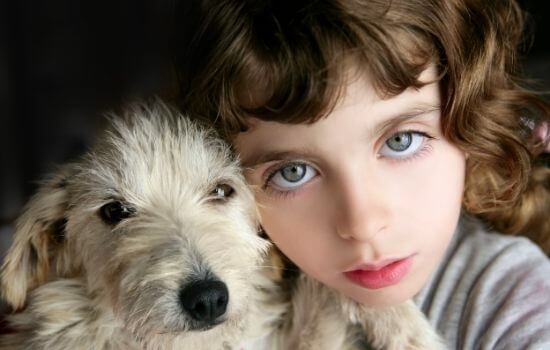Lazy eye is the condition in which vision of the eyes does not properly develop. Also known as amblyopia, this condition then leads to lack of proper development of the neural pathway from the eye to the brain. It occurs more often in just eye.
Therefore, that eye does not get enough stimulation and is unable to do its task well. Brain then relies on the other, stronger eye for sight. Lazy eye is henceforth not used by the child, much.
If left untreated, lazy eye can lead to a hoard of problems. In some cases, it leads to the loss of complete vision in the lazy eye, leading to single-eye blindness. Lazy eye can also lead to the misalignment in the eyes –strabismus– becoming permanent.
Furthermore, lack of treatment can also cause the central vision of the child to not develop properly, thereby affecting the child’s vision and ability to perform certain tasks, for life. Therefore, it is vital for parents to visit the best child specialist in Lahore if they suspect a case of a lazy eye.
How to tell if your child has lazy eye?
A common sign of lazy eye is squinting. This could be due to vision impairment or natural squint. Moreover, frequent rubbing of one eye by the child is also a sign of lazy eye, however, this should not be confused by rubbing due to tiredness or wakeup ritual eye rubbing.
Another sign of lazy eye is the habit of the child of pulling things closer to look at. It means that they are unable to see the things otherwise from a normal range. Similarly, in case of wandering eye or strabismus, the out of sync movement of the eyeball is very evident.
Children with lazy eye also have blurred vision or double vision.
What are the causes for lazy eye?
There are several causes for this condition. One of the reasons behind this disease are vision problems. One eye can develop near or far sightedness due to the refractive error, leading to blurred vision. Similarly, in astigmatism as well, eye is unable to produce clear image.
When brain receives the vision from both eyes, it ignores the blurred one and opts for the clearer vision produced from the stronger eye. Over time, reliance on the strong eye grows and the lazy eye aggravates even further as it does not serve a purpose per se.
Squint also can cause lazy eye. In this condition, one eye is able to look straight ahead, but the other eye strays to left or right of the axis. Hence, the image produced are very different, causing brain to reject the vision from the weak or lazy eye, and depend instead on the strong eye.
Another possible cause of lazy eye is blockage in the vision. It then causes lesser light to enter the eye and therefore leads to impairment in the vision. It happens in conditions like cataracts, where the lens of the eye turns cloudy and therefore fails to form a proper image. Droopy eyelid and scar on the cornea also lead to similar vision impairment, causing the eye to go weak and develop into lazy eye.
What is the treatment for lazy eye?
The treatment for lazy eye depends on what is causing the condition. In case child is suffering from this problem due to dearth of light entering the eye, as is common with a blockage like cataracts, treatment is focused on removing this blockage. These generally require surgical intervention.
On the other hand, if its vision problem like short sightedness leading to lazy eye, then first course of action is vision correction. For this purpose, children are prescribed glasses. Moreover, for children suffering from squint leading to lazy eye, glasses also solve this problem as well.
In the next step of the treatment, child is made to use their ‘lazy eye’. In this endeavor, they are either given eye patch to cover the strong eye or are made to put eye drops in the strong eye that cause vision blurring in that eye. By reducing the dependence on the good eye, the lazy eye is then fixed.
Exercises for improvement of the vision are also prescribed and can be worked in conjunction with other treatments. These are fairly easy to do and some fun games are also used to sneak in some vision exercises. These include coloring, connecting the dots, word games etc.
An important condition of the treatment success is the age of the child. It is only effective as long as the child is below the age of eight years. After that, the success of the treatment cannot be ensured.
Therefore, it is vital for the parents to contact the best child specialist in Islamabad if they feel that their child might be suffering from lazy eye.

